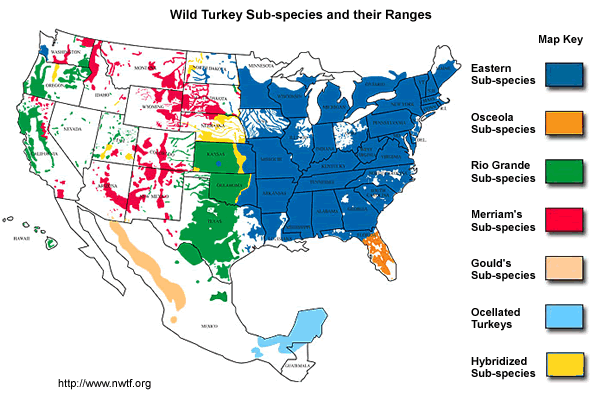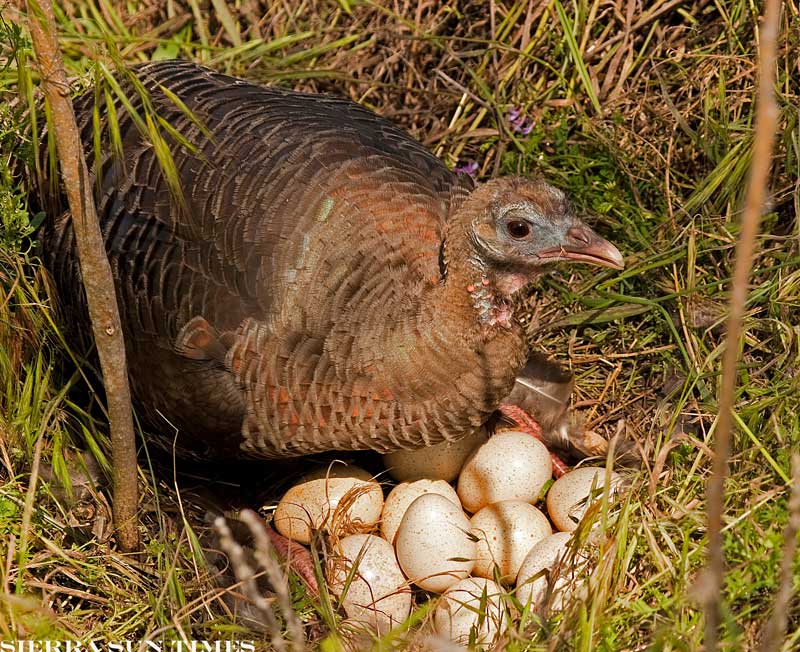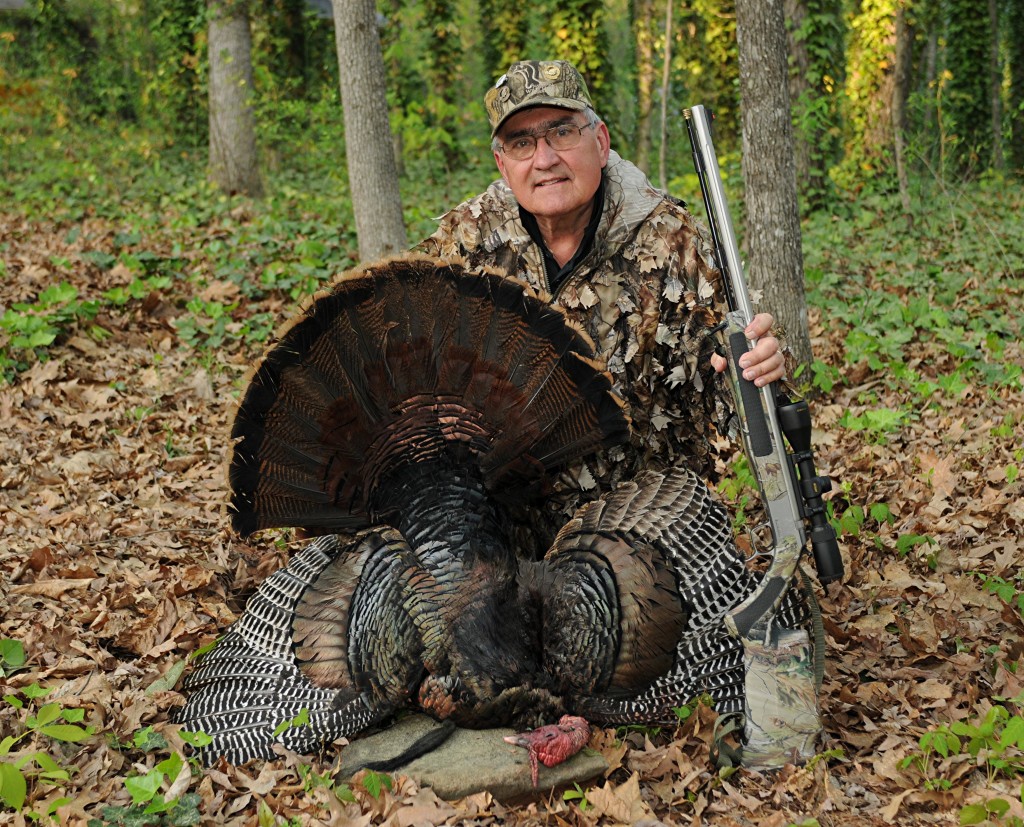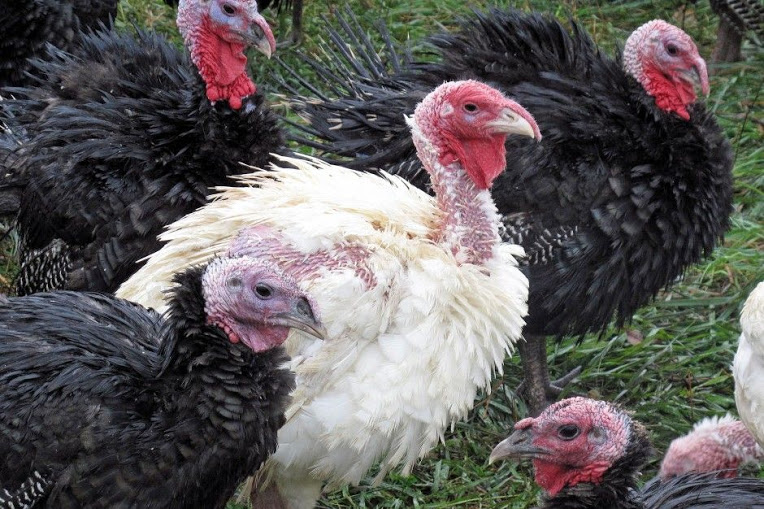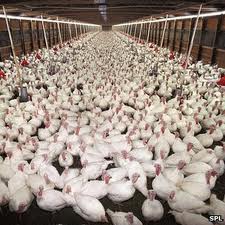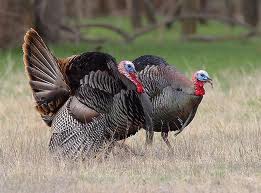Hunting Wild Turkeys is a game that has always attracted a number of hunters from all corners of the world. Have you ever imagined going on a turkey hunt in order to find that there are no turkeys left? It would indeed be shocking to see something like this happen. In the 1930’s there did came a time where the wild turkeys had been pushed to the verge of extinction. But thanks to the collaborative efforts of a number of wild lives restoration programs that now the turkeys are present in abundance. Hunting Turkeys is like no other game, but you need to well aware about the policies and regulations in some areas before you plan to go for it. Below you are going to find some sound levels of information about turkeys.
Facts about Wild Turkeys
The wild turkeys are considered to be native to the regions of North America. They have been classified into 5 sub species including Rio Grande, Gould’s, Merriam’s, Osceola and the Eastern. All of these species are distributed across different regions of the continent. The most common among them is the Eastern which now ranges in more than half regions of the United States. On the other hand, the Osceola (Florida) ranges in the regions of the Florida Peninsula with Rio Grande that is concentrated in the Texas and Oklahoma regions.
In terms of the physiological makeup, an adult turkey has around 5000 to 6000 feathers that cover its whole body in the forms of patterns which are known as feather tracts. In addition to providing a warmth and dryness to their skin, these feathers are also useful in terms of numerous other survival functions. Moreover, its head and various other regions of the neck are featherless, but on taking a closer look you are going to find a number of bumps on its skin. The metallic glittering which is exhibited by the feather is known as iridescence, which can be seen in a number of colors like copper, red, bronze and green.
Distinguishing between the Males and Females
The two prime characteristics that can help level out the males from the females include spurs and beards. Both of them happen to have pretty strong legs that are covered with scales all over. Furthermore, both of them also have a small sized button spur at the back of their legs. Very soon after the birth, the spur on the body of the turkey gobbler starts to grow curvy and pointed. It can grow for about 2 inches in an agile manner. The gobblers also have a beard which grows out from the areas of the chest and appear to be like modified feathers.
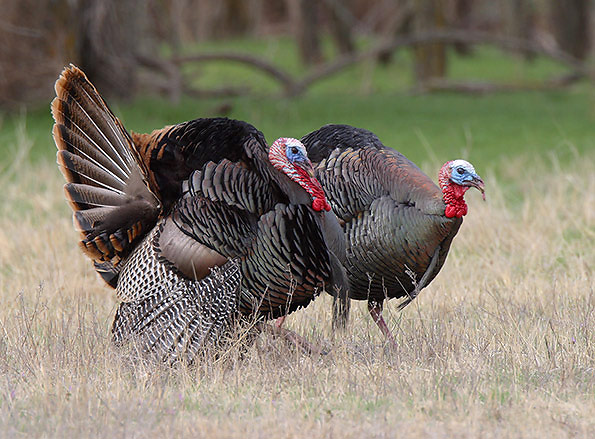
Visual and Running Abilities
In terms of their visual span, the turkeys are able to see clearly at the day time, but may not be able to do the same at night. Not to forget; their speeds of running which can reach to 25mph and about 55 mph while flying.
Patterns of Mating and Egg Laying
When the mating seasons approach ranging from the months of February and April, the turkeys are still flocked or grouped together in the areas where they were kept in winters. After the mating process has been carried out, the females start looking for the areas where they would be able to lay their eggs. Moreover, the hens are also able to lay around 10 to 12 eggs within a 2 week period. She would also incubate her eggs for a period of 28 days while turning and arranging them in a specific manner until they hatch out.
hunting the turkeys
The question about how to hunt turkeys can be better grappled by using the information elucidated below.
So, where do the wild turkeys live? Well, these birds are believed to be in excess in US and Canada. In addition to honing your tracing skills, you would also need a number of tools to hunt them down. You should begin with locating their food source. In times of the summer and spring seasons, the turkeys are more easily found on the forest edges and in the open meadows, primarily because of the abundance of insects in these areas. After finding the area where their hunting is allowed, you should begin hunting at the onset of evening. Try to use the sounds of their wings and cackling in order to know their current whereabouts. Once you have traced them out, remaining quiet and still is what you should do. At the same time, do not forget to bring some 10×50 binoculars with you.
